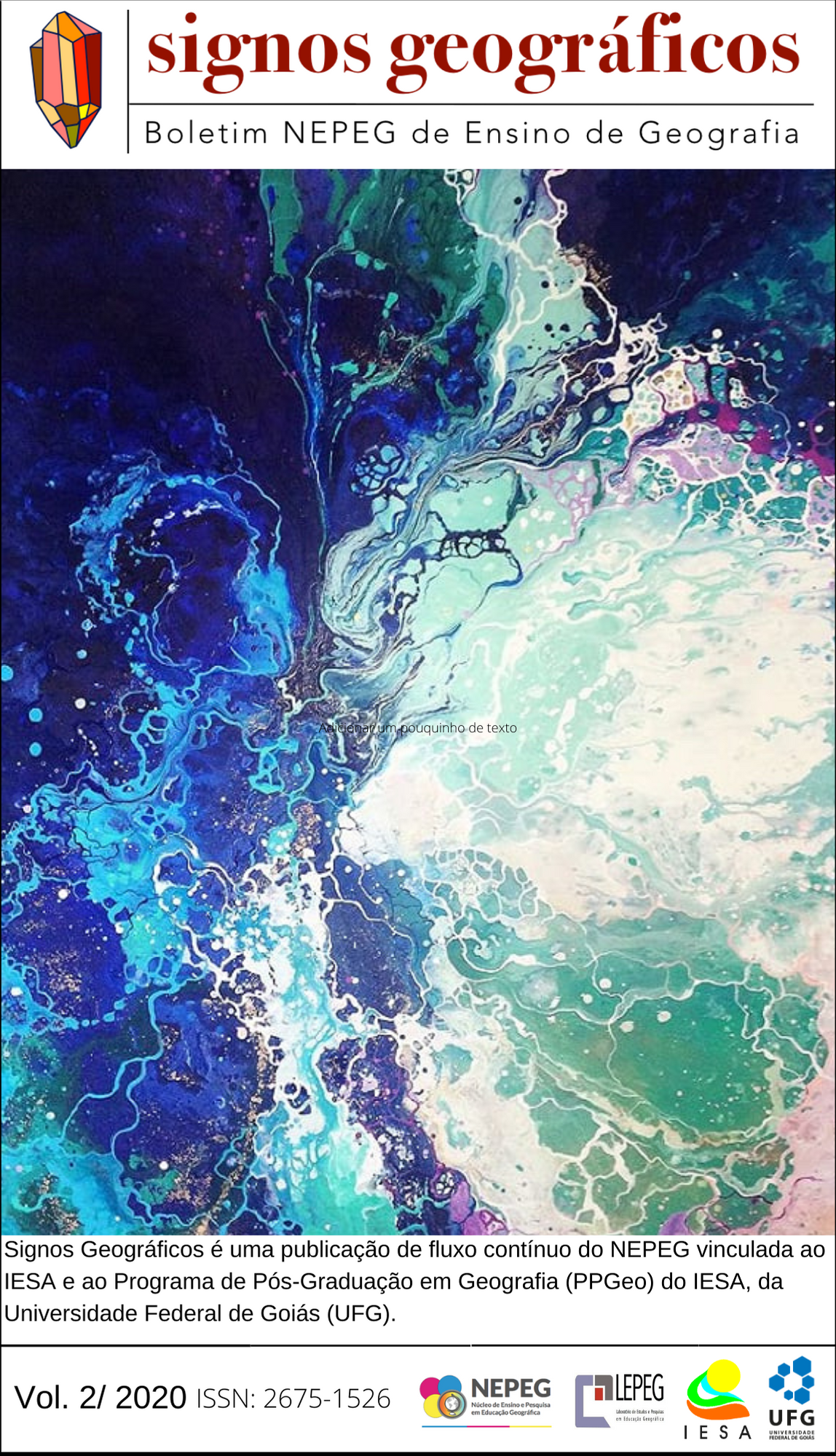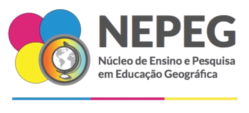USE OF TECHNOLOGY IN INTERACTIVE MODELS AS AN INCLUSIVE RESOURCE
Keywords:
Tactile Cartography, Inclusion, Topographic model, QR Code.Abstract
The concern about accessibility and inclusion in education is growing today, largely due to the fact that we have laws that guarantee access for students with special needs in regular classrooms, highlighting the need to provide quality education and interaction with space for these students. satisfactorily. Because of this, the objective of this work was to study and elaborate an interactive didactic material, sound and tactile, adding the techniques of the Tactile Cartography with the cellular and the technology of the QR Code, that contributes positively to the teaching, being the student with special needs or not. Education is and always has been the greatest emancipation tool of the individual in society, especially in the case of students with a disability, so educators have an obligation to ensure an effective inclusion of these individuals in classrooms, providing adapted methodologies and materials that enable them. teach in such a way that they possess the theoretical, social and historical knowledge necessary to be active members in their communities. This work seeks for a new teaching pratice, who will contributes to the creation of a inclusive pedagogical metodologies, which when adopted in the student reality, can guarantee a significant change in the inclusive teaching. However at the same time, can be used with students with no disabilities, forming a real inclusion








